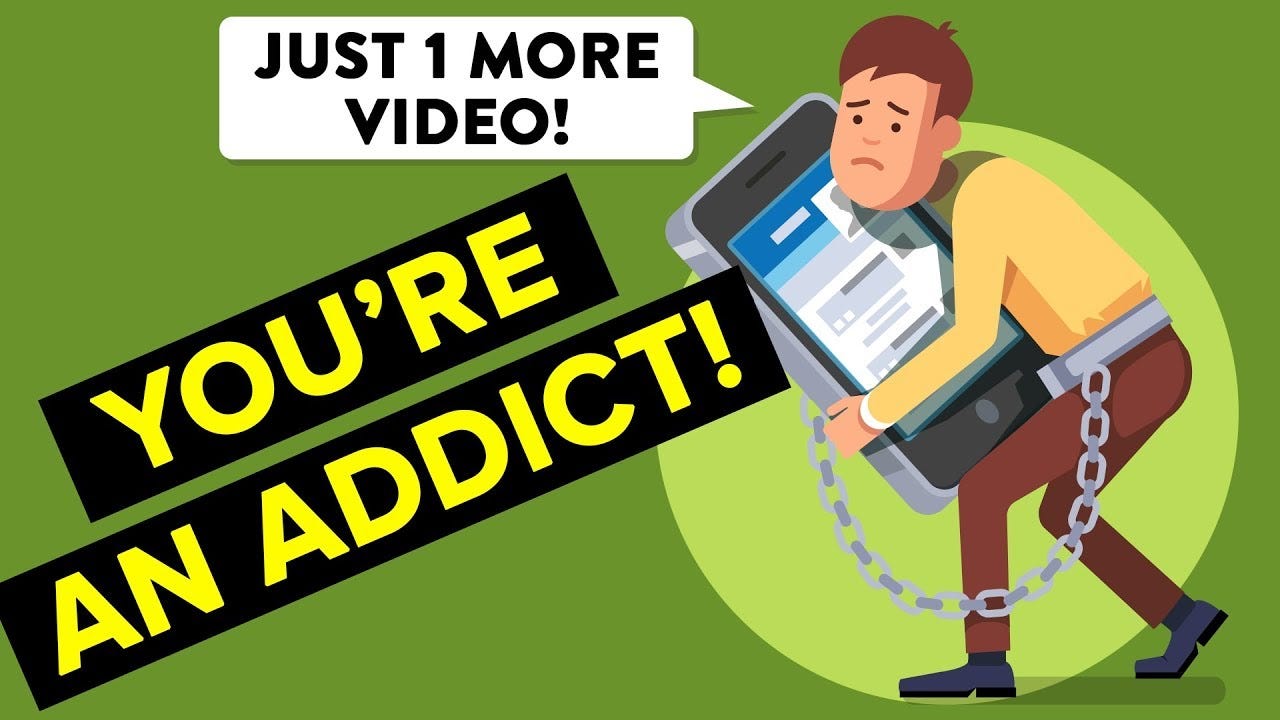It’s hard to imagine a world without smartphones. Yet, just a couple of decades ago, life looked radically different. No constant notifications, no Google Maps, no selfies. If you needed directions, you asked someone. If you wanted to talk to a friend, you called their house or met face-to-face. And if you got lost? You found your way using printed maps.
The rise of smartphones has transformed nearly every aspect of our lives — from how we communicate to how we work, navigate, and relax. But with this evolution, we’ve both gained and lost important pieces of our daily existence.
Let’s take a deeper look at life before smartphones, and explore what we’ve truly left behind — and what we’ve gained.
Communication: Then vs. Now
Before Smartphones
In the pre-smartphone era, communication was more intentional. You couldn’t instantly message someone — you had to call, write a letter, or arrange to meet. Social interactions were often deeper and more meaningful, as they required planning and presence.
- People remembered phone numbers.
- Conversations were longer and more personal.
- Distractions during talks were minimal.
After Smartphones
Now, we live in an era of instant messaging, video calls, and social media DMs. While these tools increase accessibility, they often come at the cost of quality.
- Short-form texting has replaced in-depth conversations.
- Digital distractions constantly interrupt in-person interactions.
- Social connection is easier, but often feels less personal.
What We Gained: Instant global communication
What We Lost: Deep, focused, present conversation
Memory and Mental Effort
Before Smartphones
People relied on their brains more:
- We memorized phone numbers, directions, and important dates.
- Tasks like navigating a city or recalling trivia required effort and memory skills.
After Smartphones
Now, most of us outsource our memory to the cloud:
- We use GPS for everything.
- Reminders and calendar apps keep track of tasks and birthdays.
- Google is our go-to for any question, replacing natural curiosity and critical thinking.
What We Gained: Convenience and instant access to information
What We Lost: Cognitive skills like memory retention and problem-solving
How We Spend Our Time
Before Smartphones
Free time was filled with different activities:
- People read books, newspapers, or magazines.
- Boredom led to creativity, reflection, or hobbies.
- Social events and outdoor play were more common.
After Smartphones
Now, screen time dominates much of our day:
- Average adults spend over 3–5 hours per day on their phones.
- Doomscrolling and binge-watching have replaced many offline activities.
- Even moments of waiting (in line, at bus stops) are filled with endless scrolling.
What We Gained: Entertainment on demand
What We Lost: Stillness, reflection, and creative boredom
Navigation and Exploration
Before Smartphones
If you wanted to go somewhere:
- You used a paper map, asked for directions, or figured it out on your own.
- Getting lost was a common (and sometimes fun) part of travel.
- People paid more attention to their surroundings.
After Smartphones
With Google Maps and GPS:
- Travel is faster and more efficient.
- Real-time traffic, public transit updates, and reviews help with planning.
- But… we’ve lost a bit of the serendipity that came from exploring without a screen.
What We Gained: Accurate, real-time navigation
What We Lost: The thrill of discovery and situational awareness
Presence and Mindfulness
Before Smartphones
Life moved at a slower pace:
- Meals, conversations, and experiences were lived in the moment.
- People weren’t constantly checking devices.
- Focus was more sustained, attention less divided.
After Smartphones
Now, it’s common to:
- Check your phone dozens (even hundreds) of times per day.
- Multitask even during relaxing activities.
- Struggle with anxiety when disconnected (nomophobia).
What We Gained: Constant connection and digital multitasking
What We Lost: The art of being present and truly mindful
Capturing vs. Experiencing Moments
Before Smartphones
Photos were fewer but often more meaningful. We lived moments fully, knowing that memories were stored in our minds, not in cloud galleries.
After Smartphones
With cameras in our pockets:
- We capture everything — meals, sunsets, pets, and even ourselves.
- But often, we’re more focused on documenting than experiencing.
What We Gained: Visual documentation of life
What We Lost: Living in the moment without a lens between us and the world
Childhood Then vs. Now
Before Smartphones
Children played outside more, interacted face-to-face, and entertained themselves with toys, books, or nature.
After Smartphones
Many kids now spend significant time on screens, with early exposure to digital devices impacting:
- Attention span
- Social development
- Creativity and imagination
What We Gained: Educational apps and digital learning tools
What We Lost: Unstructured, tech-free childhood experiences
Social Connection: Real or Illusion?
Smartphones help us stay connected, especially across distances. But they also blur the lines between real connection and digital noise.
- Are hundreds of online friends the same as a few true friendships?
- Does liking a post replace calling to check in?
Sometimes, we mistake connection for engagement metrics, leaving us lonelier than ever — despite being constantly “online.”
Conclusion
Life before smartphones wasn’t perfect — there were inefficiencies, delays, and limitations. But it had a certain depth, presence, and simplicity that many of us now miss.
The goal isn’t to throw away technology. Instead, it’s about using it intentionally. We can blend the best of both worlds:
- Stay connected without being consumed
- Use digital tools without letting them use us
- Reclaim time, space, and presence in our modern lives
By remembering what we’ve lost — and honoring what we’ve gained — we can live more balanced, meaningful digital lives.




